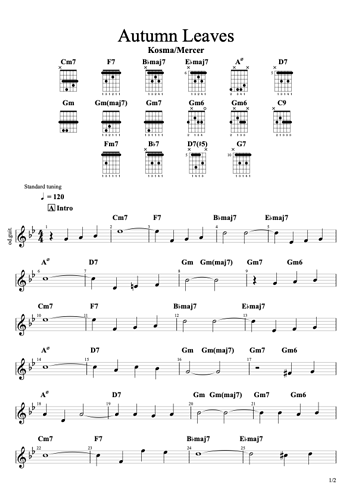Around two years ago, I had an instructor who taught using a system based on the seven modal 3nps scales. Initially, I learned the scale shapes. Then, each week I would learn a new pattern based on intervals (e.g. 1-3-2-4-3-5 for 3rds, 1-4-5-2-3-6-7-4 for 4ths, etc.). Over several months this covered 3rds through 9ths, as well as triads and their inversions. Eventually, I worked on sliding between adjacent scale shapes at various points in the scale.
This was without a doubt the most helpful thing for my guitar playing that I have ever worked on. Before, trying to play a melody felt like hunt and peck typing. I was super slow and would constantly have to guess where notes were, often getting it wrong. Trying to improvise to a backing track was a disaster. Now, improvising and playing around with ideas is an absolute joy. I’m by no means a pro and I still hit plenty of wrong notes, but I can come up with a melody in real-time and play it with quite a bit of ease. My playing isn’t very fast or frilly/embellished (that’s where learning lots of licks comes in) but the foundation is there. I can move anywhere on the fretboard and just play notes that match the chord progression without having to really even think about scale shapes. I don’t feel “boxed in”.
So… what I described above applies mostly to melody lines. I would like to learn to do this with chords as well. If I’m not focused on something, my mind will just churn out improvised chord progressions/melodies endlessly but I forget them quickly. Being able to just play the chords I’m thinking of seems incredibly useful. Right now with chords I’m still in the hunt and peck stage and it takes long enough to come up with how to play the chord I’m thinking of that it really stifles creativity.
Now obviously the fact that there are so many different chords and voicings makes this a much more complex subject than single-note melody lines. However, I’m hoping to find or come up with some systematic approach for building a solid foundation, as the modal 3nps approach I described above worked incredibly well for me.
I consider this foundation to be: from anywhere on the fretboard, be able to quickly/thoughtlessly play any triad-based chord progression. Much, much more can be added on top of this later (intentionally choosing specific voicings, 7th and 9th chords, inversions, etc.) but that’s at least a good starting point.
I’m wondering if anyone has ideas on how to approach this from an organizational perspective. I’m thinking of trying a similar approach that my instructor used. That is: start by choosing a chord voicing for each scale degree (all nearby on the fretboard) and practice playing each chord in the scale consecutively (I, II, III, IV…), then introduce interval-based patterns (I, III, II, IV…) and eventually practice connecting adjacent scales shapes.
I can think of a few different ways to choose the chord voicings:
- All chords should use the same set of strings (e.g. bottom, middle, or top 4). This means the voicings will be somewhat random (basically whatever voicing happens to work with the chosen 4 strings) but guarantees that all chords are relatively close in frequency range.
- All chords should use the same inversion. This has the opposite properties as 1.
- Use a CAGED-based approach to picking chords? I’d have to think about this some more. I’m not sure what the pros/cons are.
I’d love to hear other peoples’ thoughts on tackling this and what approaches have worked for others.


 his videos of chord explanations for songs are wild he will just sometimes go off into this well you could do this inversion or this one while explaining the chords sometimes. and this is the point where i have to pause the video and crawl through these chords baby step at a time.
his videos of chord explanations for songs are wild he will just sometimes go off into this well you could do this inversion or this one while explaining the chords sometimes. and this is the point where i have to pause the video and crawl through these chords baby step at a time.

